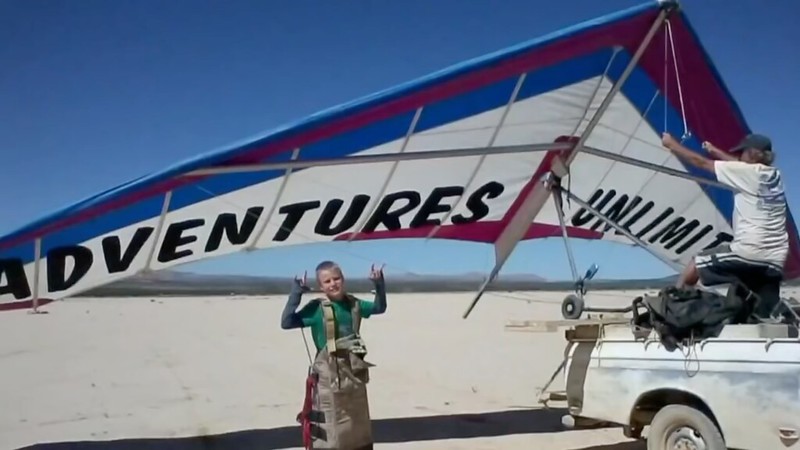http://www.kitestrings.org/post9479.html#p9479
http://ozreport.com/forum/viewtopic.php?t=48131
We can and should have more directional control
Try spelling it correctly. Then maybe you'll get less of it.Steve Corbin - 2016/06/05 21:13:50 UTC
I get a lot of flack...
Oh good. Just what hang gliding needs - more believers....from saying this stuff, but I'm a believer...
And skull....and have thick skin...
- How many incidents and accidents have you witnessed in which the pilot had adequate roll control with one hand on the control bar?...so here goes:
I have witnessed many incidents and accidents where if the "pilot" had had adequate roll control then it wouldn't have happened.
- What's your take on the adequacy of roll control when "pilot" is flying with...
http://ozreport.com/forum/viewtopic.php?t=27086
Steve Pearson on landings
...his hands on the control tubes at shoulder or ear height?Steve Pearson - 2012/03/28 23:26:05 UTC
I can't control the glider in strong air with my hands at shoulder or ear height and I'd rather land on my belly with my hands on the basetube than get turned downwind.
We've obviously got roll control to SQUANDER - the more critical, dangerous the phase of flight the more we squander it. Somebody show me a video of somebody boating around two thousand feet over in glass ridge lift with both hands at shoulder or ear height on the control tubes or one hand on the basetube (VG adjustments...
13-02306
http://c2.staticflickr.com/2/1698/25936289086_880146dd50_o.png
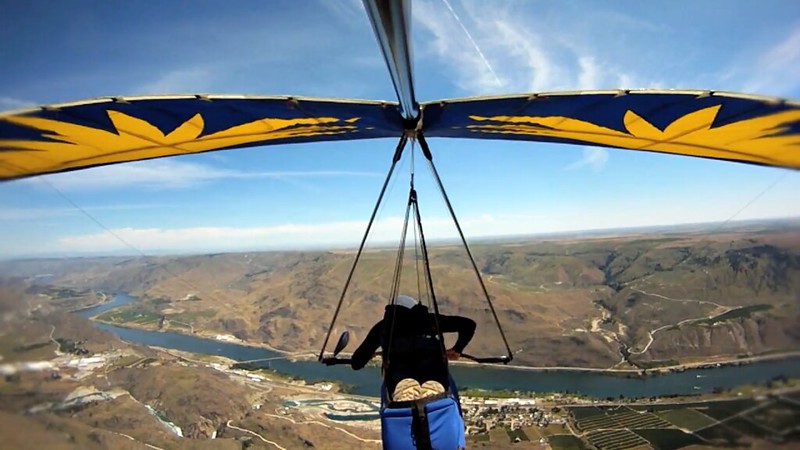
...and short rest periods...
059-155408
http://c2.staticflickr.com/8/7722/27019819284_2d5929f75a_o.png

...don't count.)
It's my firm belief that our current flex wing designs have adequate control for normal flying far from anything to hit with the pilot dangling from the basetube and the empty hang strap fluttering in the breeze. Aviators tend to do just fine no matter what as long as they're far from anything to hit. The fuckin' Challenger crew members were all just fine until they were no longer far from anything to hit.It's my firm belief that our current flex wing designs have adequate control for normal flying far from anything to hit.
Name a fixed wing aircraft that DOES.But in 40 years of flying a bunch of different gliders I've come to the conclusion that we don't have adequate control in many situations.
How many goddamned reports of pilots dying or suffering serious injury due to this lock-out phenomenon with releases that didn't stink on ice have you read? Cite ONE.I've read too goddamned many reports of pilots dying or suffering serious injury due to this lock-out phenomenon.
19-04610
http://farm3.staticflickr.com/2809/13746340634_a74b33d285_o.png
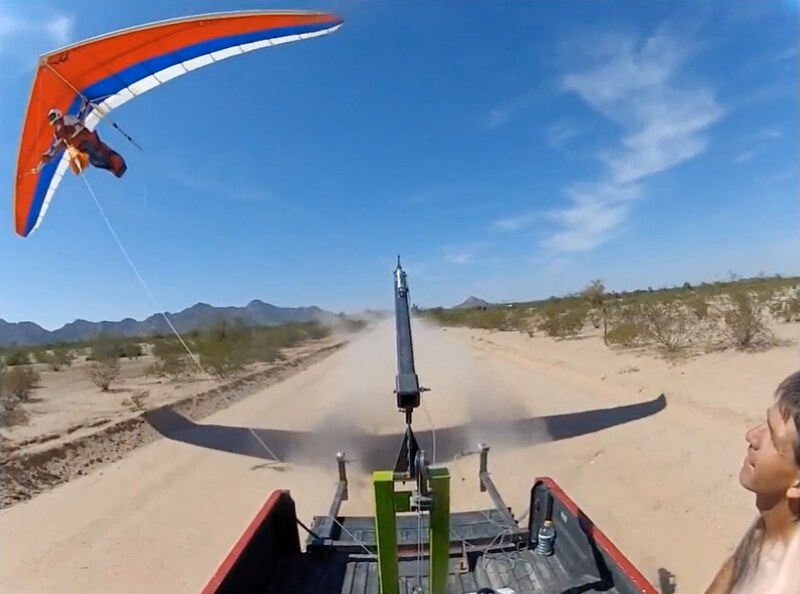
And how much towing have you done, been around, discussed with anyone who knows what the fuck he's talking about?
- Helps out a lot with the gene pool.This ridiculous state of affairs continues to be put up with by folks who should know better.
- This ridiculous state of affairs was developed and is maintained and enforced by the cartel that controls this sport.
Gobs of it. Before hang gliding really brought its collective genius to bear towline pressure was known and referred to as "tension".It's 2016 and we have gobs of engineering ability...

How I wish we did and engineered our critical control equipment to actually allow continuous pure weight shift control while effecting the dumping of lethally misaligned tow pressure....and yet we still cling to the idea that we should only allow pure weight shift control in competition, even though it is glaringly obvious that it ain't effective enough.
Get fucked, Steve.Yeah we'll aerotow 99 times and have little or no problem, but then on our 100th a dust devil, invisible on a grass field, kicks us into a yaw roll position from which the only possible way out is to release and get back under control, but as we see in too many cases there is a window of vulnerability that we created by insisting on using an antiquated method of controlling our gliders.
- One percent of our tow launches are into invisible dust devils we survive only by releasing. We could fund our tow operations five hundred percent by selling tickets to shit like that if it actually existed.
- Funny that Cessnas taking off on paved runways which don't help much with dust devil visibility don't seem to be hitting dust devils fifty feet off the deck one percent of the time.
- Crashes of gliders attributable solely to dust devils launching, landing, flying on tow or off are statistically nonexistent.
- The textbook dust devil towing disaster was Eric Aasletten, 1990/07/05, Hobbs. The assholes KNEW they had dust devil blowing across the runway, they were invisible because of the grass on the surface and the fact that they couldn't be bothered to put streamers up, and what killed him was coming OFF tow, courtesy of his Birrenator configured platform launch release, NOT staying ON. And there was zero issue with roll, yaw, lockout.
- The problem with towing is that assholes get away with flying shit equipment tens of thousands of consecutive cycles with no penalty as severe as a skinned knee and use the numbers to advertise their outstanding safety records when, in fact, one serious equipment precipitated crash in a hundred thousand cycles is a total shit record.
I WISH the penalty for flying cheap Quavis bent pin shit were one dust devil emergency situation for every hundred flights. Nuthin' like a high serious crash rate to clean out the gene pool and drive evolution.
Gotta watch out for that rouge air. Rogue elephants...If we're in that window when the rouge air current finds us we won't be high enough to fix things.

...too.
- The obvious inspiration for this thread of yours was Jeff Bohl, 2016/05/21. That was not an "ACCIDENT" by any stretch of the imagination. That was a very predictable CRASH precipitated by:Yeah we may save a few bux by doing it this way, but how many more accidents will there be before we get it through our thick skulls that maybe it's time to back up and regroup.
-- strong crosswind conditions
-- marginal crosswind runway
-- underpowered tug - unsafe by Jim Keen-Intellect Rooney's own definition
-- one of the hard low altitude turns which were just becoming SOP
-- pro toad bridle which illegally decertified the glider
-- illegal total shit "release" perpetrated by the meet heads
- Fuck regrouping. The goddam group is the fundamental problem. Don't reconstitute it. Destroy it.
- Yeah Steve, let's reinvent the sailplane. I'll start holding my breath now while all you great innovators get a few models into production.
...it suddenly dawns on the total fucking moron that...Every time a pilot has to release due to the lock-out phenomena...
http://www.chgpa.org/forums/viewtopic.php?f=2&t=3391
More on Zapata and weak link
...that he actually needs TWO hands to fly the glider. 'Cause the total fucking moron is totally incapable envisioning a real world lockout situation or learning the least goddam thing from...Paul Tjaden - 2008/07/22 04:32:22 UTC
I got clobbered and rolled hard right in a split second. I have never had a lockout situation happen so quickly and dramatically and had no chance to release as I have always thought I could do.
...decades worth of actual incident reports.Bill Bryden - 2000/02
Dennis Pagen informed me several years ago about an aerotow lockout that he experienced. One moment he was correcting a bit of alignment with the tug and the next moment he was nearly upside down. He was stunned at the rapidity. I have heard similar stories from two other aerotow pilots.
And Paul continued to use his moronic pro toad bridle and bent pin releases and went back to using and relying on the Standard Aerotow Weak Link as his lockout protector / emergency release....even when it occurs high enough to not be a significant set back, is another indictment of a policy that quit being viable several decades ago.
How 'bout when sailplanes HAVE TO release? Conventional gliders and tugs have highly engineered, expensive, bulletproof systems built into their planes that they can actuate without interrupting full three axis control when things start going tits up. Is every emergency release in sailplane aerotowing an indictment of the whole system?
Write the FAA the way I did the better part of seven years ago 'cause u$hPa refused to comply even with its own SOPs. I'm probably only the second person in the history of the sport to have done anything like that and it didn't get any problems fixed - but:But until we admit we have a problem nothing will get done about it.
- it scared the shit outta u$hPa
- I:
-- can watch all these fatalities now with a clear conscience
-- get all these really great toldyaso moments all the fuckin' time now
No shit. And it's way the fuck worse in hill launching 'cause those assholes gotta use their feet to power themselves up to speed and are upright with their hands on the control tubes as they're getting airborne. Plus the environment is usually about a hundred times nastier.And this particular problem exists in hill launching also.
15-05409
http://farm6.staticflickr.com/5614/15725737265_b19cd24e84_o.png
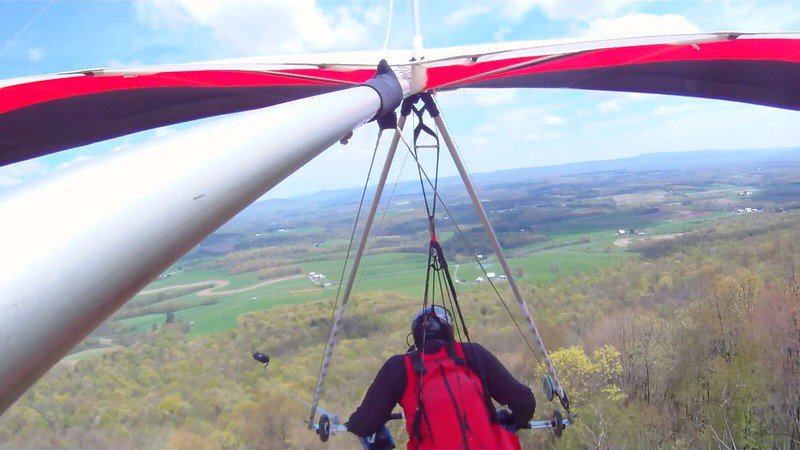
23-05826
http://farm4.staticflickr.com/3941/15702014836_de575a54a2_o.png
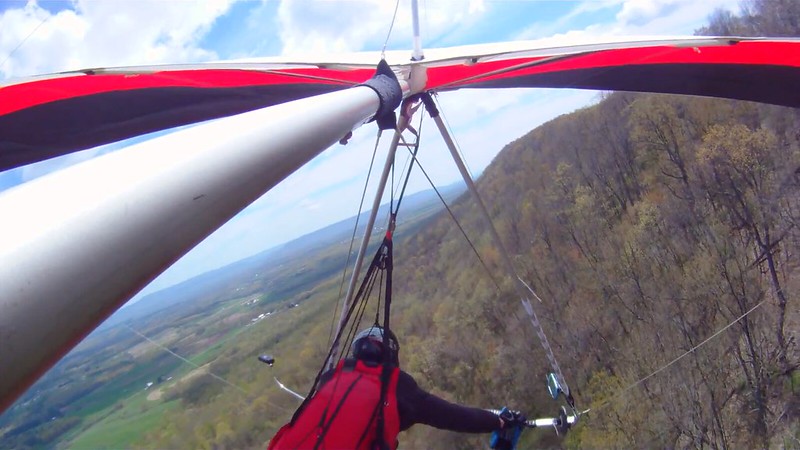
32-10300
http://farm4.staticflickr.com/3943/15106340443_17341e17fb_o.png
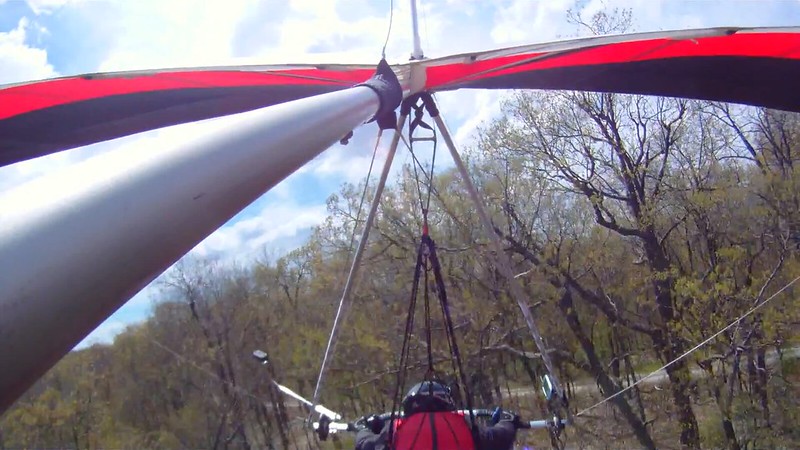
Bull fucking shit. ANY well designed aircraft will have its plusses and minuses, tradeoffs. These things CAN BE operated with as fat safety margins as we elect to impose. Want better roll control authority? Launch, fly, and land them faster. We get MORE roll responsiveness than some flyers know how to handle.Pure weight shift, without some kind of augmentation, is simply inadequate to our task at hand, and needs to be recognized as such.
Bullshit. Jeff died wishing he had had a third strong hand to try to pry open that bent pin shit with which he flew because that's what everyone else flew with and it had a really long track record. Some of us have been screaming warnings about it for decades. Jeff wasn't the least bit interested.In those last seconds of his life the pilot that died recently became a believer.
Jeff watched THIS video:
http://www.youtube.com/watch?v=rNq1WKy0EqE
...in which at the one minute mark we see Ty Taylor having to deliver...
18-10115
http://c1.staticflickr.com/9/8281/29660706145_8aec1431f6_o.png
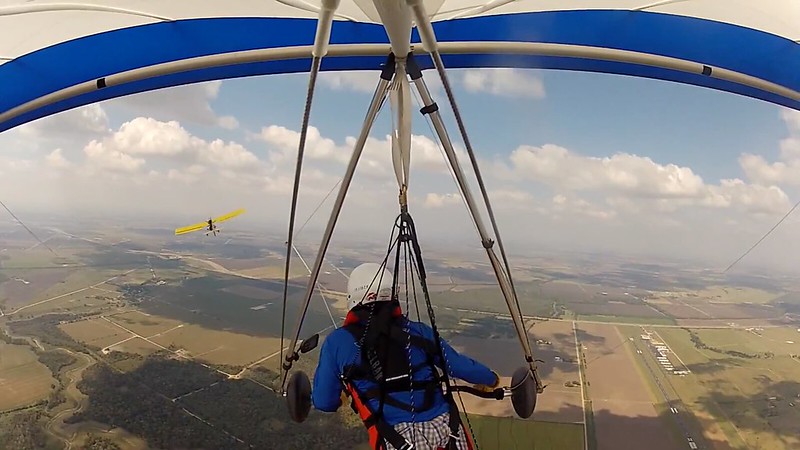
19-10127
http://c1.staticflickr.com/9/8407/29660704645_411aec4ae1_o.png
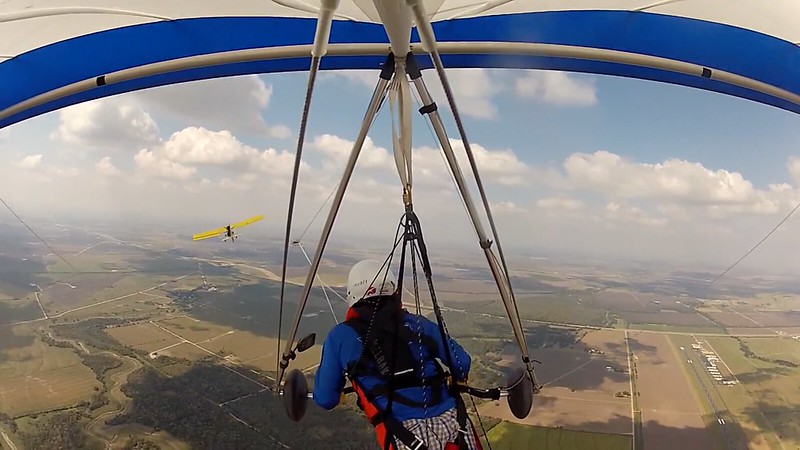
20-10202
http://c1.staticflickr.com/9/8002/29660703075_9ff03a21a9_o.png
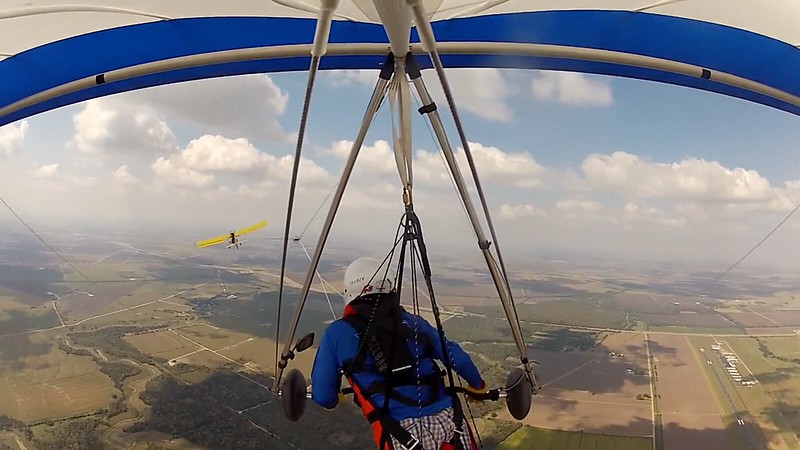
21-10206
http://c1.staticflickr.com/9/8223/29660701775_d8714f050d_o.png
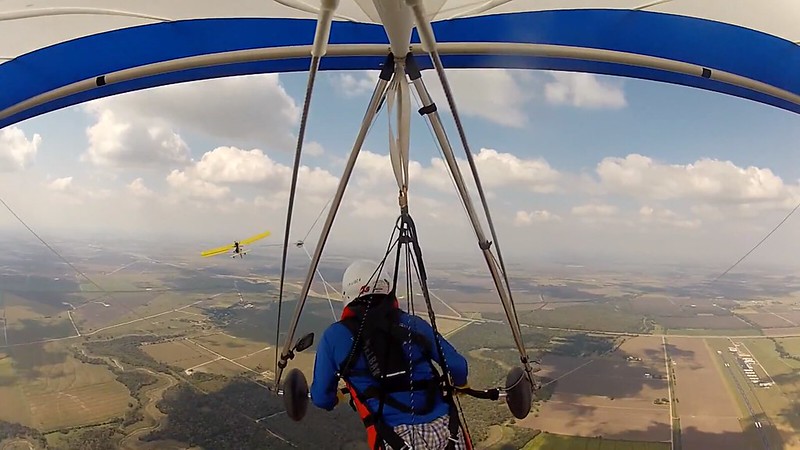
22-10211
http://c1.staticflickr.com/9/8414/29660700435_60e7a82e47_o.png
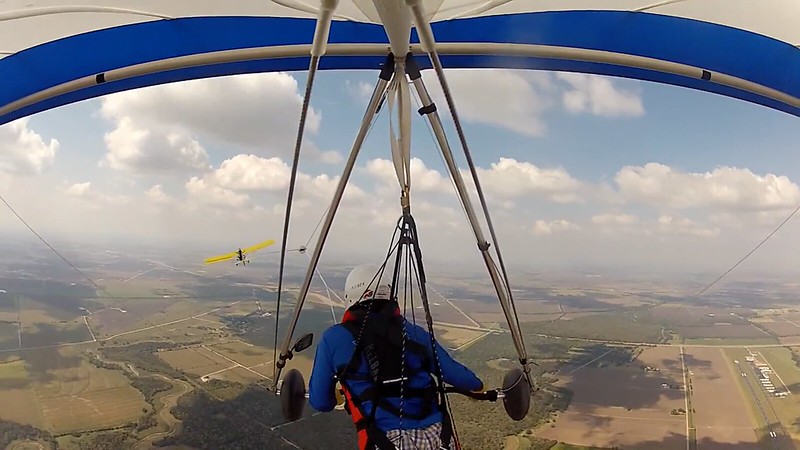
23-10215
http://c1.staticflickr.com/9/8168/29036020063_02116a2fdd_o.png
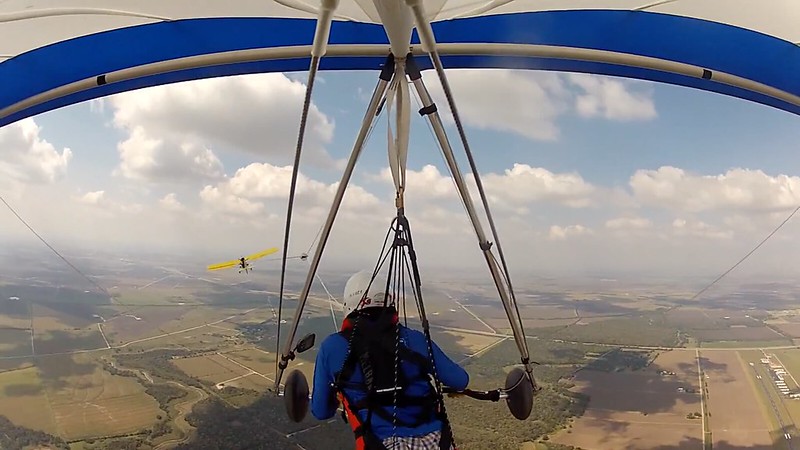
24-10221
http://c1.staticflickr.com/9/8536/29660697885_269cb53671_o.png
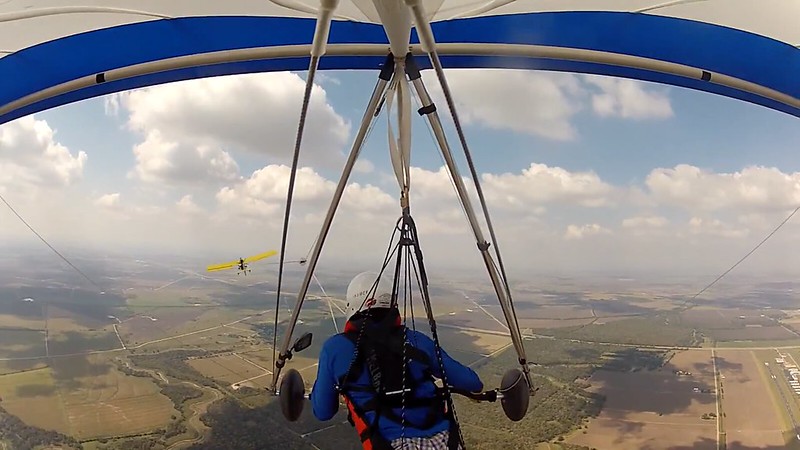
25-10223
http://c1.staticflickr.com/9/8372/29549603522_ae88a055f4_o.png
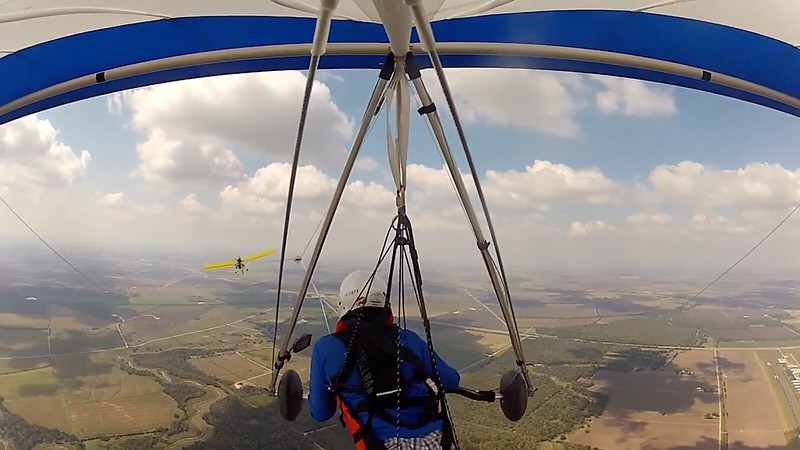
...FOUR SHARP JERKS to one of the pieces of shit that Lockout Mountain Flight Park sells to the public as aerotow releases to get it to function...
27-10225
http://c1.staticflickr.com/9/8235/29549600192_3cde241224_o.png
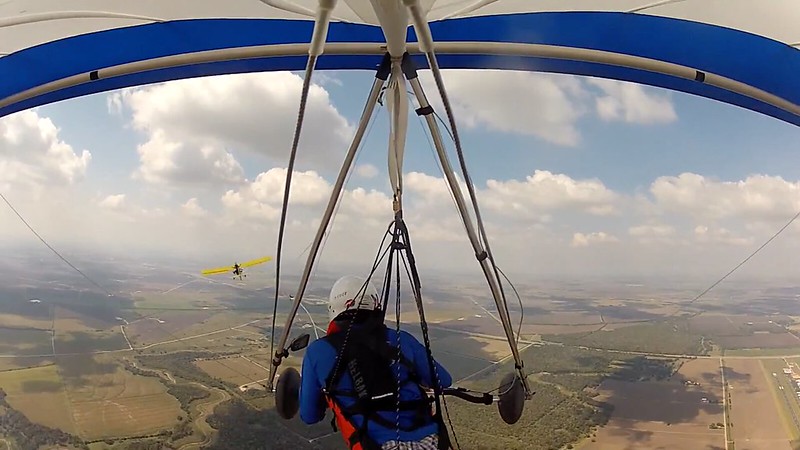
28-10300
http://c1.staticflickr.com/9/8176/29369898290_b0d35bbbc9_o.png
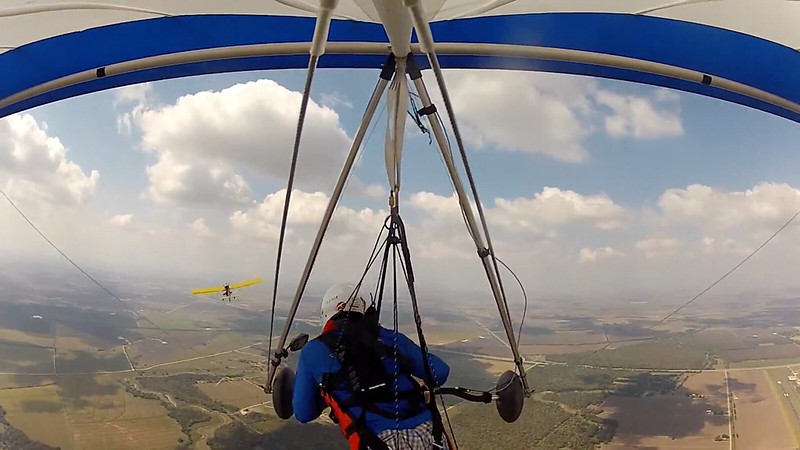
29-10304
http://c1.staticflickr.com/9/8005/29369897860_15bcc594c2_o.png
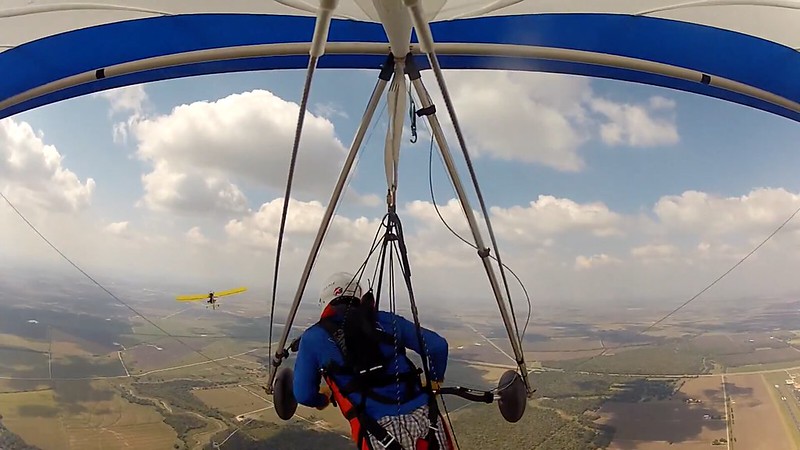
30-10328
http://c1.staticflickr.com/9/8089/29369897410_7c110e9641_o.png
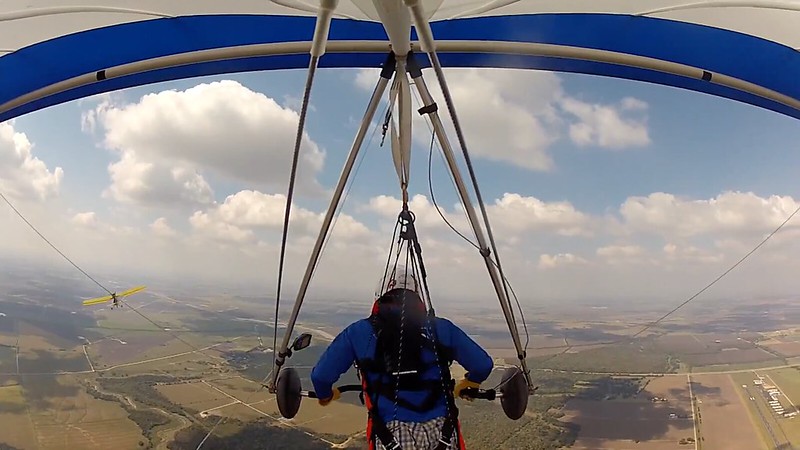
...and comments:
He may have been a pilot in his day job but he was just another stupid dope on a rope in hang gliding.Jeff Bohl ~ 2015/10/12
Dang the kid is a natural. That was a pleasure to watch!
Not a millimeter's worth.Is that what it's going to take to convince you?
http://www.youtube.com/watch?v=PY-6hVRmC1UI really enjoyed the video of the sailplane under aerotow...
19-A10954...performing precision axial rolls under tow.
http://c2.staticflickr.com/8/7078/27367676330_ce004cd1b4_o.png

20-A11030
http://c2.staticflickr.com/8/7758/27007821683_a4728a9755_o.png

21-A11100
http://c2.staticflickr.com/8/7404/27007821313_41e241cd93_o.png

22-A11126
http://c2.staticflickr.com/8/7041/27007820783_0af7037075_o.png
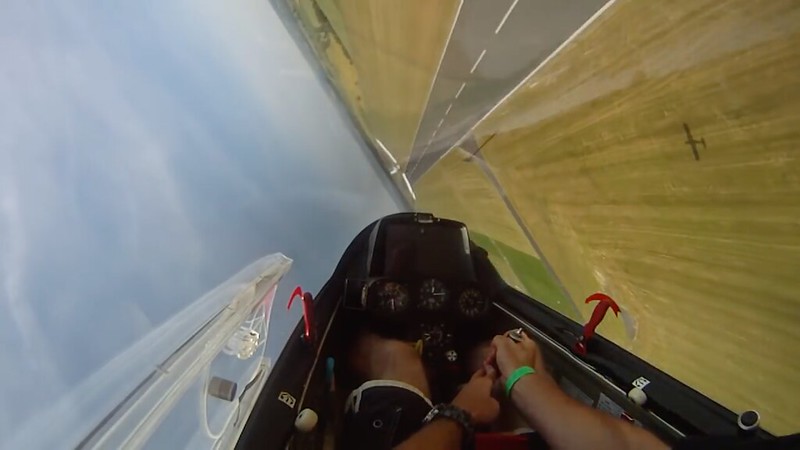
23-A11154
http://c2.staticflickr.com/8/7720/27007820453_274db0991e_o.png

24-A11218
http://c2.staticflickr.com/8/7698/27007819973_45ae6021a8_o.png
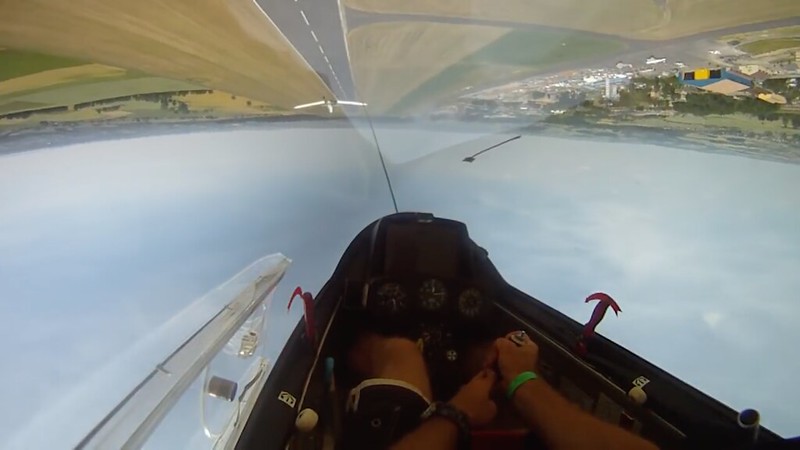
25-A11242
http://c2.staticflickr.com/8/7534/27007819603_88cce1ff4b_o.png
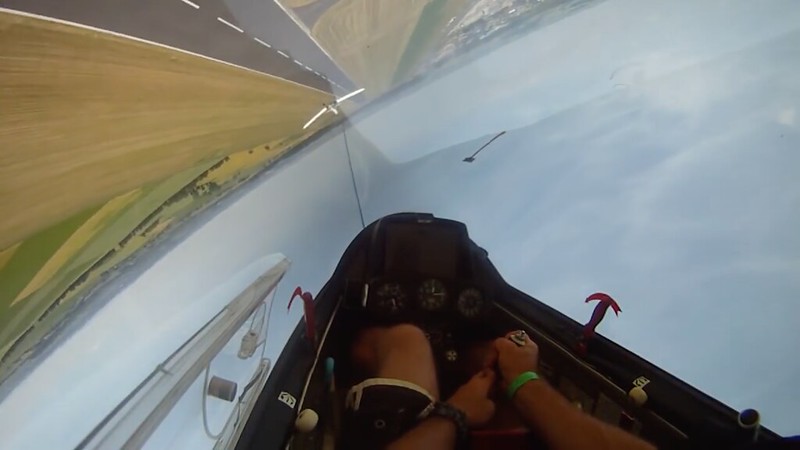
26-A11306
http://c2.staticflickr.com/8/7576/27007819213_169f4f255e_o.png

27-A11326
http://c2.staticflickr.com/8/7087/27583392486_cf3bb5a16f_o.png

28-A11346
http://c2.staticflickr.com/8/7053/27583392286_98f35f25ec_o.png

29-A11434
http://c2.staticflickr.com/8/7634/27583391866_1c4b2524fb_o.png

Really? Maybe we shouldn't be turning hang gliders upside down without pulling negative Gs?I don't think we need anywhere near that degree of control...
Bullshit. We fly pro toad bridles, use easily reachable releases, and have standard aerotow weak links to blow tow in emergencies. If we sure as hell needed more control we'd be flying two point bridles, releases that didn't stink on ice, and weak links which protected our aircraft against overload....but we sure as hell need more than we have.
Davis is gonna delete your thread sometime before about 2016/06/08 15:00:00 UTC and you're gonna let him get away with it without protest, complaint, any effort to post the original material you should've archived and rekindle the discussion.OK flamers, come and get me, I'm holed up with plenty of firepower.
Great job wanting to be truly helpful. Meanwhile, out in the real world, we've developed the stuff, put it in the air, solved the problems engineering-wise and are bashing the motherfuckers who are doing their best to keep it out of circulation into OBLIVION. Ryan Instant-Hands-Free-Release Voight is gone, Jim Keen-Intellect Rooney knows he can never again open his fuckin' mouth again on any AT issue, Davis Dead-On Straub is on the goddam ropes.Steve, who only wants to be truly helpful.
P.S. Steve...
Did ya watch the Part 2 video...
http://www.youtube.com/watch?v=8TmqFMTAQB8
...in which he RELEASES from the tug in the first couple seconds?
30-B00000
http://c2.staticflickr.com/8/7105/27583391536_2668d46807_o.png

31-B00050
http://c2.staticflickr.com/8/7658/27583391246_91c5048748_o.png
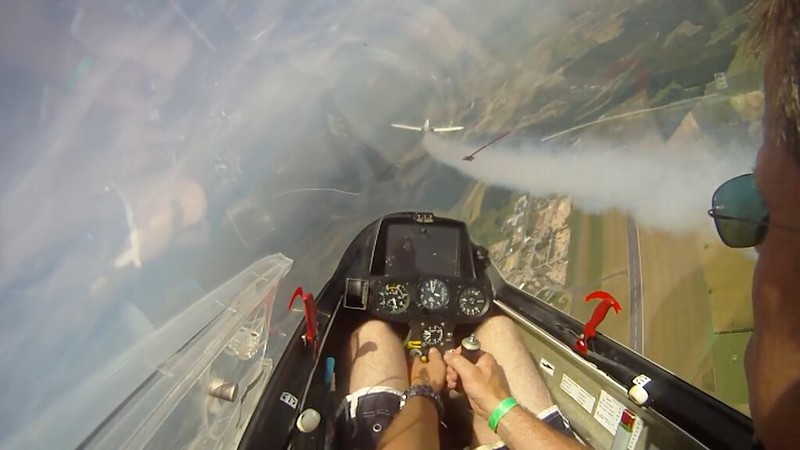
32-B00208
http://c2.staticflickr.com/8/7707/27583390836_a430a349ce_o.png

33-B00250
http://c2.staticflickr.com/8/7353/27583390456_a0b487300a_o.png
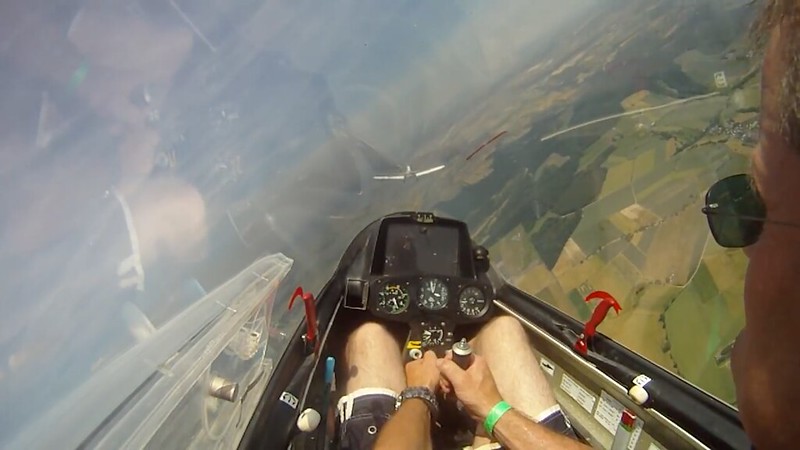
34-B00414
http://c2.staticflickr.com/8/7357/27583389986_d2198dc311_o.png

Anything there worth duplicating for hang gliding?
Jump to top:
http://www.kitestrings.org/post9473.html#p9473

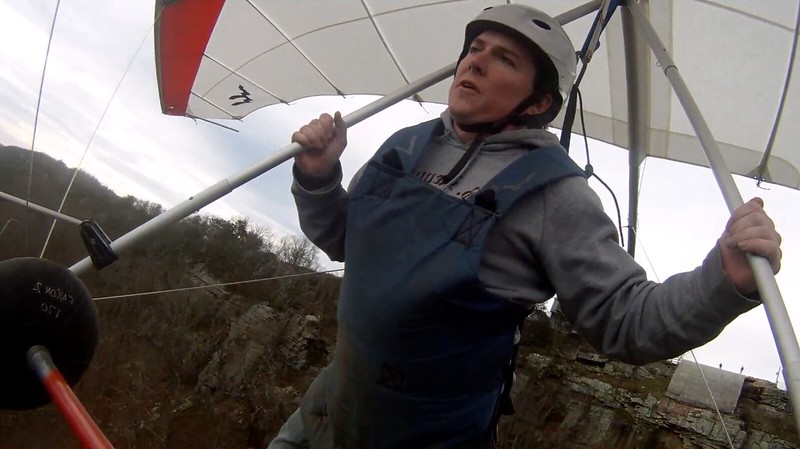
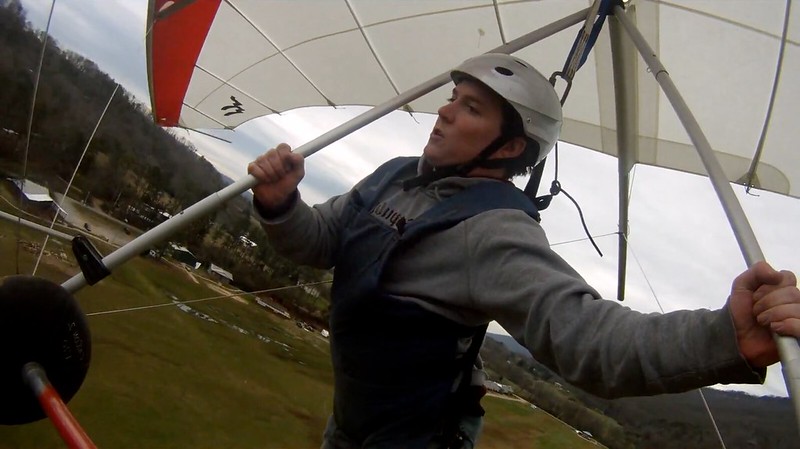
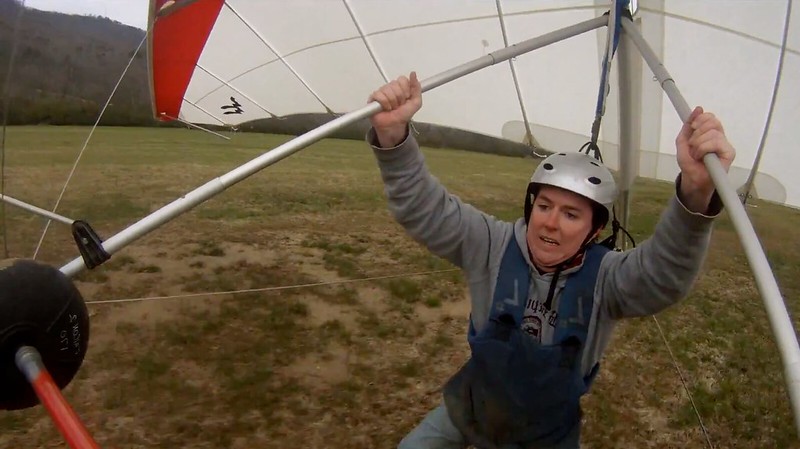
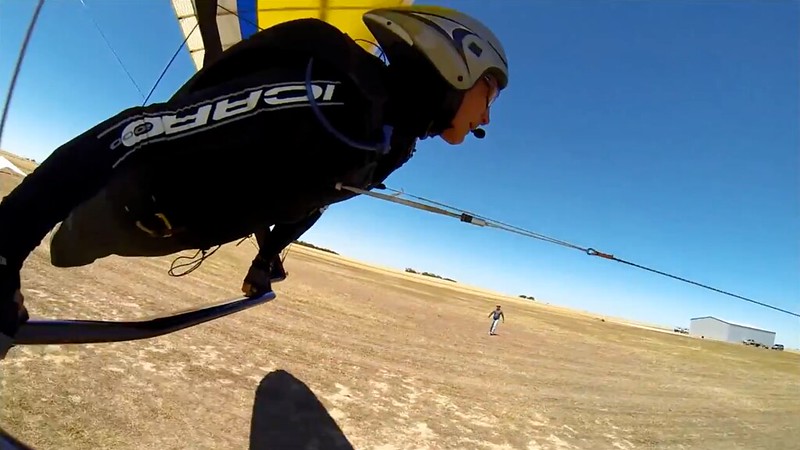
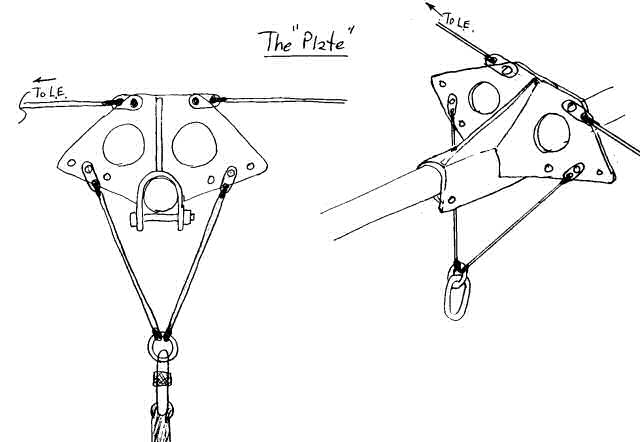
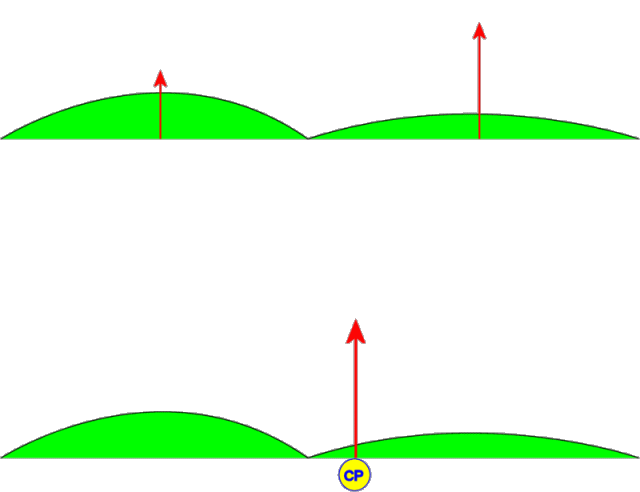
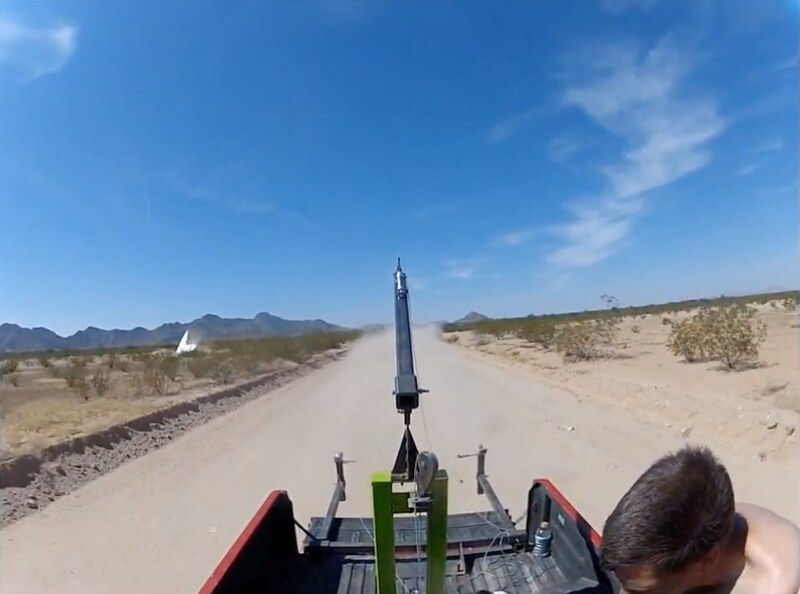
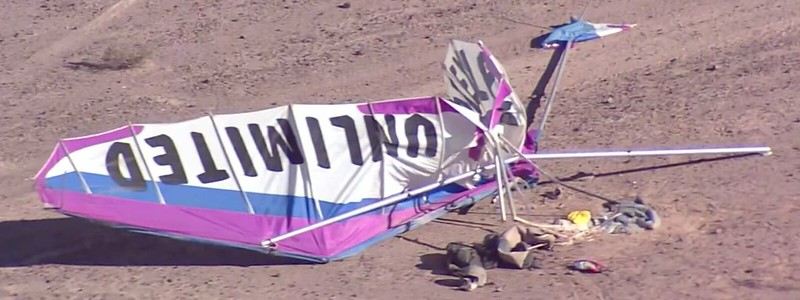


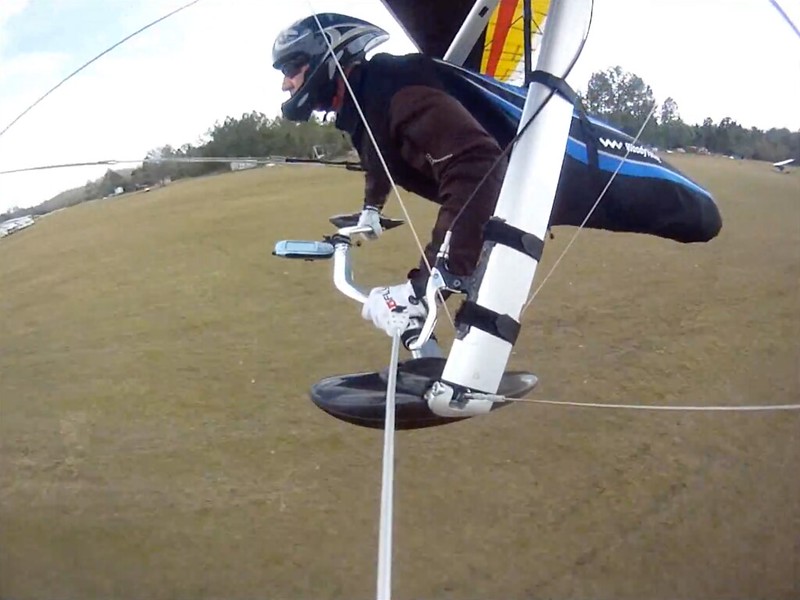
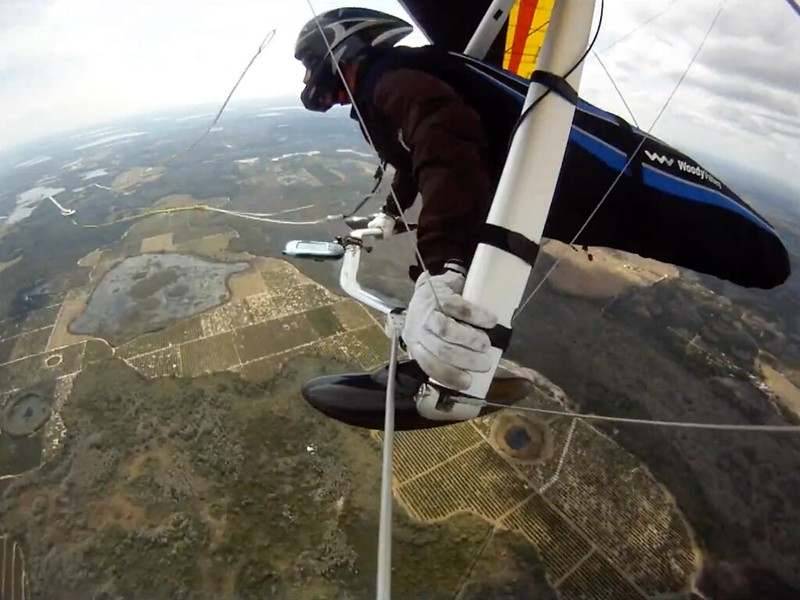
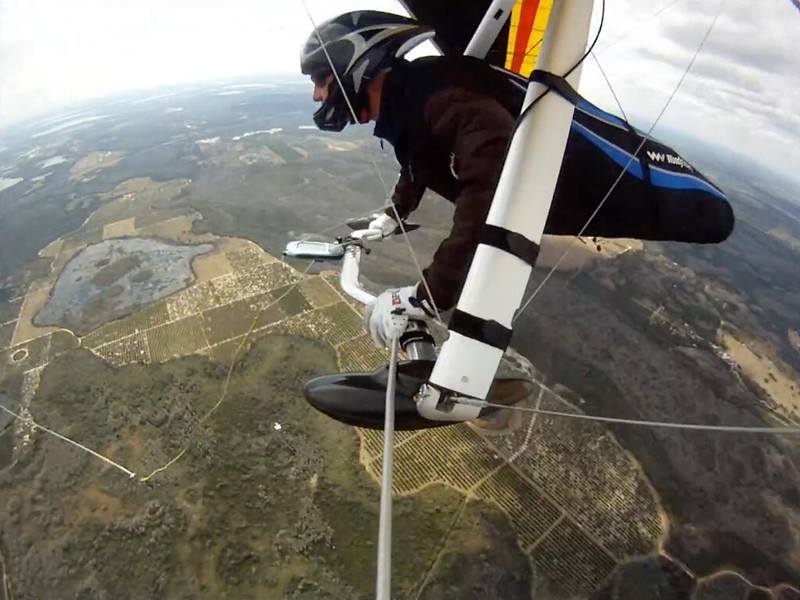
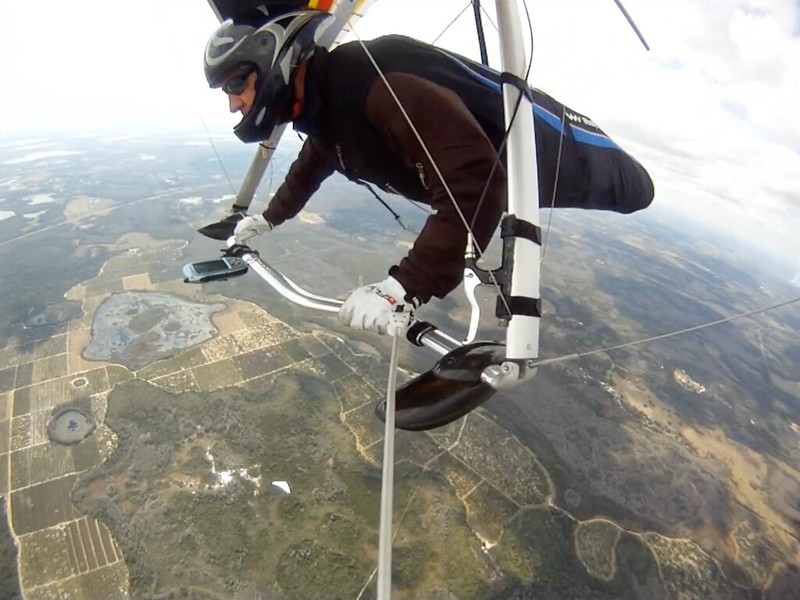
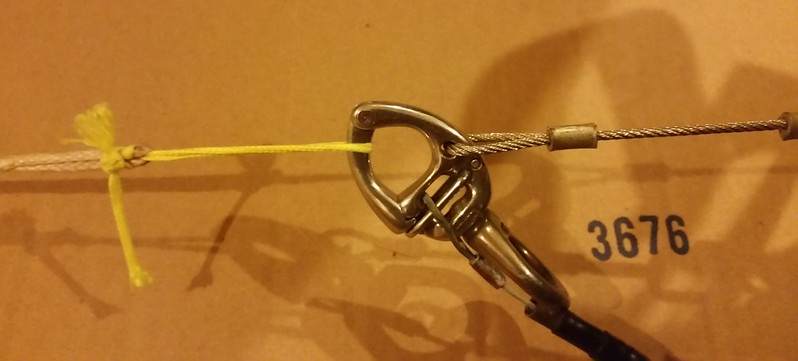
 So what gives??? What do you want us to tell you? Your concerns echo Tad's concerns, so why not use his system? Every other system out there has known flaws.
So what gives??? What do you want us to tell you? Your concerns echo Tad's concerns, so why not use his system? Every other system out there has known flaws.

